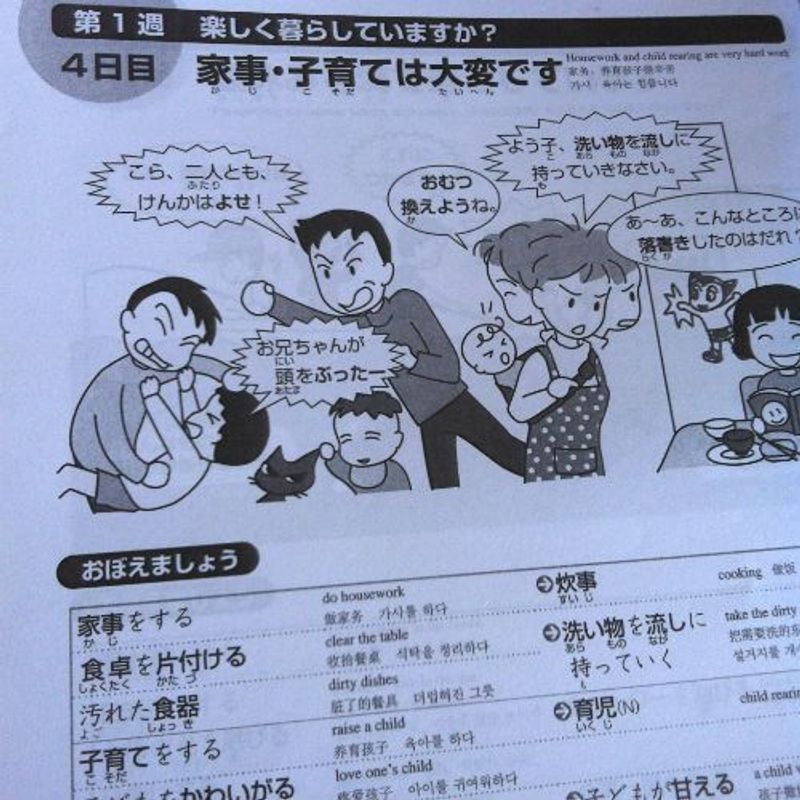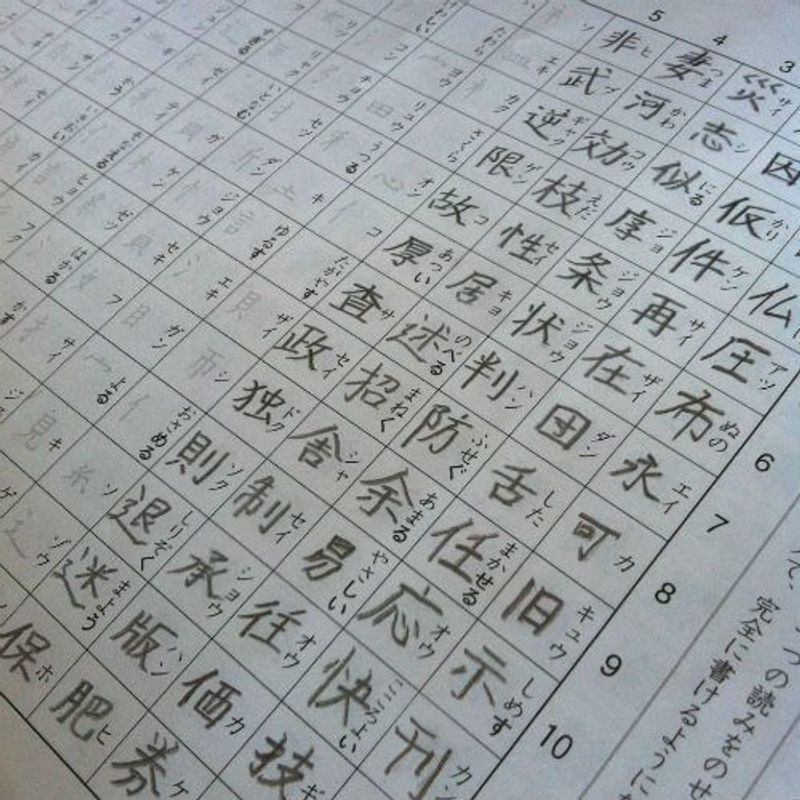Sep 11, 2016
Nihongo Kyoshitsu 日本語教室

Most cities in Japan offer free Japanese lessons to foreigners living there. Kyoshitsu is classroom, so these are called Japanese classrooms, although they meet in public areas and community centers more often than in a traditional classroom. They’re usually taught by retired volunteers with some English ability and lessons are around one hour once a week. Textbooks are usually recommended if you don’t have your own and can be purchased from teachers or on your own. I used "Genki" and liked it for a textbook, but recommend supplementing lots of authentic materials (manga, anime, movies, books, magazines, music, etc. in Japanese) in addition to conversation with native speakers. You can study on your own of course, but it helps a lot to practice speaking in an environment where you can be encouraged. I’ve gotten some good study tips to use for the times I do study alone.
If we check local announcements in free papers or ask around, we can get connected with a Nihongo Kyoshitsu. It’s a good way to connect with the locals while studying Japanese for free.
They sometimes have events and group tours that you can choose to participate in. When I lived in Ibaraki Prefecture, our classroom hosted a group tour on a Sunday for about 1000 yen. We went on a bus to a bonsai museum, doll museum, and train museum in nearby Saitama Prefecture. I could meet a lot of other foreigners living in my city, as well as some Japanese volunteers.
The group I currently study with is very small, currently with only two or three students. Volunteer teachers use primarily JLPT study materials but are flexible. I’m not interested in taking the JLPT, but they had a vocabulary textbook (photo above, for N2 Level) that’s good review and new material for me. I’m also free to bring in my library books, bring up vocabulary and phrases I need help with, or just chat. There are at least two other Japanese lessons in town, one of which is a little more formal and has a small charge.
If you prefer to study in a classroom with a textbook, it might be a better option for you to join one of the Japanese language schools with a fee or find a kyoshitsu big enough to accommodate group lessons for different levels. If a community center atmosphere with tailored study materials is a better fit, it’s usually an option to get a free private lesson with a local group of volunteers.
It seems like it’s difficult to consistently attend lessons for most students, but it’s a nice opportunity to learn Japanese and socialize. Most Japanese Kyoshitsu take a break during holidays, but don’t require regular attendance. The quality of lessons varies and volunteers usually rotate.
I recommend thanking your teachers and bringing them omiyage when you go out of town. But I’m a teacher too, so I believe in appreciating our teachers!

(Another way to learn is participate in a conversation language exchange with Japanese people who want to practice English, or just make Japanese friends who don’t mind your non-native Japanese.)



0 Comments